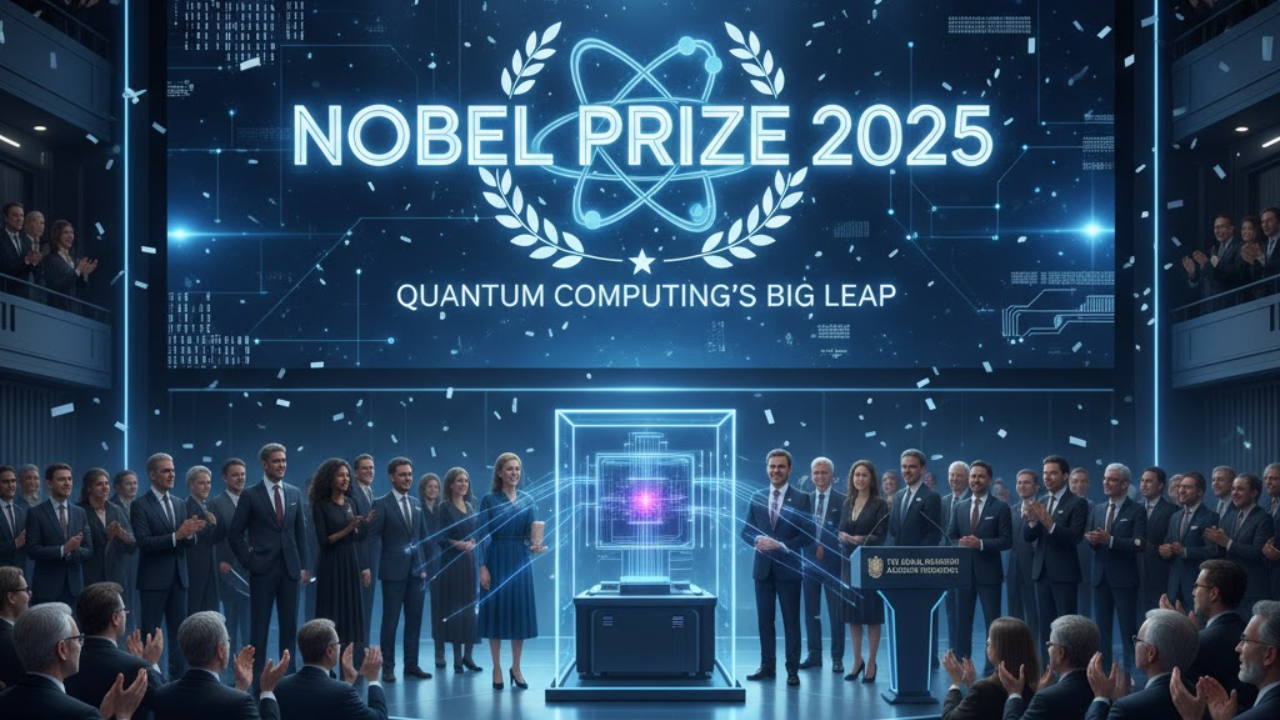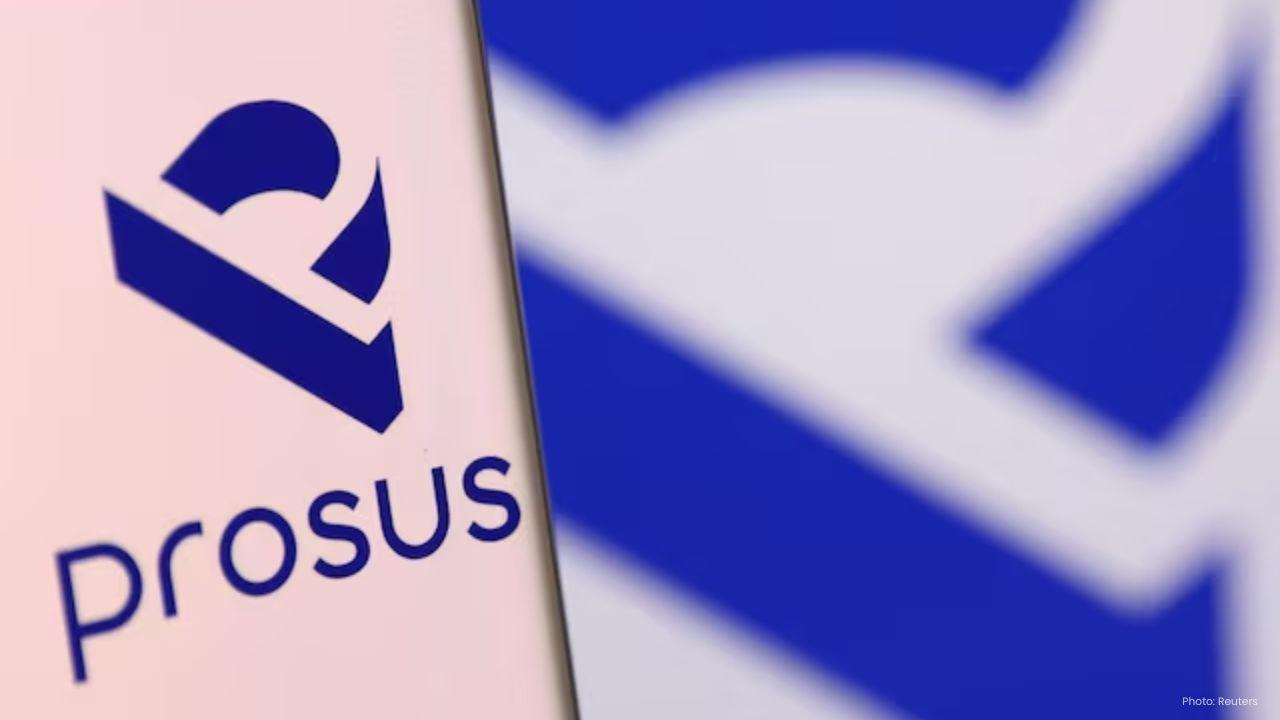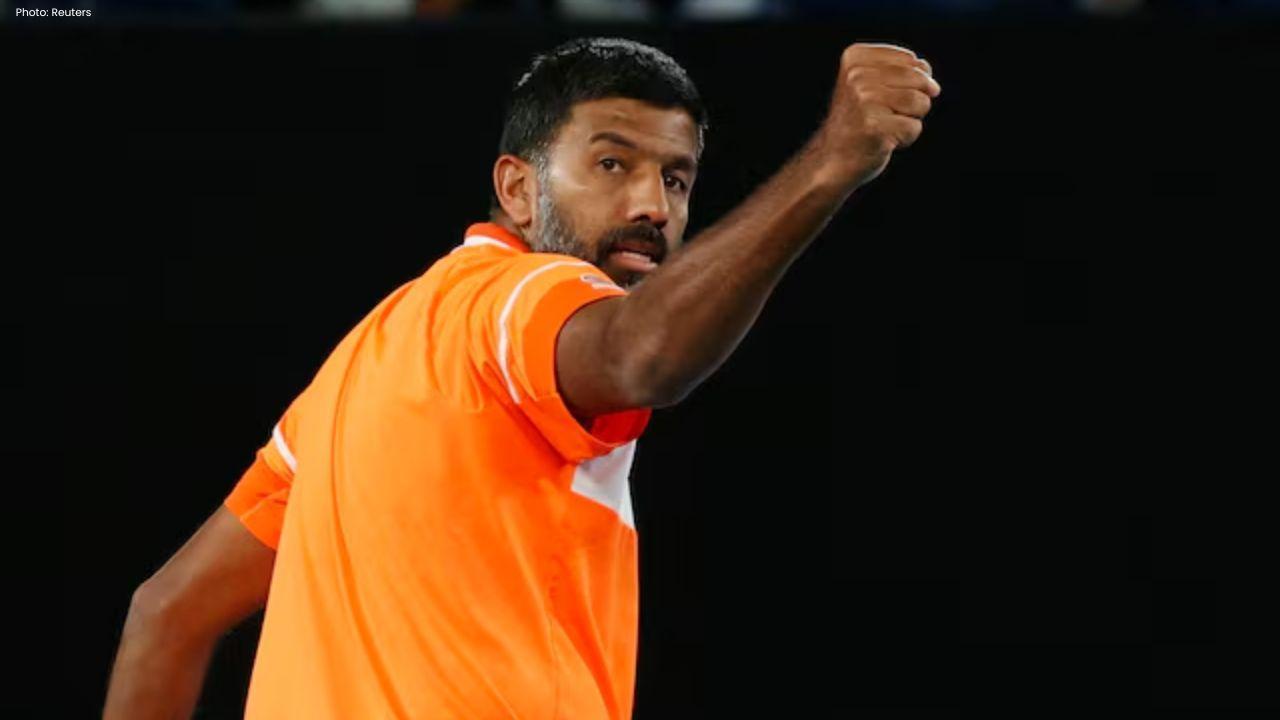
Post by : Naveen Mittal
When the Royal Swedish Academy announced that John Clarke, Michel H. Devoret and John M. Martinis would share the 2025 Nobel Prize in Physics for “the discovery of macroscopic quantum mechanical tunnelling and energy quantization in an electric circuit,” the physics and tech worlds sat up and took notice.
This isn’t just an academic accolade. It highlights a turning point: the strange, counterintuitive effects of quantum mechanics are edging ever closer to devices we can touch, hold, and integrate into real systems. In short, this is quantum computing’s moment in the spotlight.
Quantum effects—like tunnelling (particles passing through barriers) and discrete energy levels—have long been confined to atoms, electrons, photons. That’s the weird, delicate world of quantum mechanics. But the breakthrough by Clarke, Devoret, and Martinis showed that you can coax those behaviors in macroscopic circuits—electrical systems you can build, test, and manipulate.
By building superconducting circuits (Josephson junctions and related architectures), their work made it possible to see energy quantization and quantum tunnelling on a scale large enough to experiment with. That means superconducting qubits—hardware central to many leading quantum computing efforts today—draw directly on this foundation.
In popular terms: they bridged the microscopic to the tangible. They showed quantum weirdness in things you can wire up and control.
Qubit stability (coherence) is the Achilles’ heel of quantum computers. Errors, noise, decoherence plague real devices. The deeper understanding of macroscopic quantum tunnelling and energy quantization helps engineers design circuits that maximize coherence, reduce errors, and manage noise.
To scale quantum computers, we need error correction. That demands predictable behavior of qubits, control over interactions, and architectures built on solid quantum physics. The Nobel-winning work underpins these possibilities, bringing theoretical and experimental insight closer together.
Quantum computing isn’t just about raw computational power. Quantum cryptography, quantum sensing, and high-precision measurement are sibling technologies. The same physical principles that govern qubit behavior apply to ultra-sensitive sensors, quantum key distribution, and devices that detect fields or signals at unprecedented precision.
A Nobel Prize draws eyes, prestige, and investment. It sends a strong signal to governments, institutions, and the public: “Quantum technology matters.” Expect more research funding, more startups, more collaboration across academia and industry.
While this Nobel recognition is a milestone, it doesn’t mean quantum computers are suddenly everywhere. Some hurdles remain:
Error rates and decoherence: Even the best superconducting qubits today struggle with error.
Scalability: Going from tens to thousands (or millions) of qubits is still a huge engineering leap.
Material and fabrication constraints: Superconductors, cryogenic systems, isolation—all are tough to manage at scale.
Bridging theory & practice: Device design, software control, hybrid quantum-classical algorithms—all need refinement.
Still, each step forward makes those challenges surmountable.
Updates from Google Quantum AI, IBM, Rigetti, D-Wave, and other quantum hardware firms — how they incorporate or adapt architectures rooted in macroscopic quantum tunnelling.
Advances in error correction codes, noise mitigation techniques, and fault-tolerant design.
Government and institutional funding calls or quantum initiatives now that public attention is higher.
Applications beyond computing: quantum sensors, quantum communication networks, quantum cryptography.
The race to post-quantum cryptography: as quantum computing becomes more powerful, new encryption standards must protect our data.
The 2025 Nobel Prize in Physics isn’t just a reward for past brilliance—it’s a beacon pointing to the future of quantum technology.
It says: the boundary between “quantum weirdness” and practical quantum machines is thinner than we thought. The question now isn’t if we’ll see quantum technologies transform computing and cryptography—but when.
If you lean into this wave with articles around quantum computing basics, how qubits work, quantum cryptography, and quantum hardware comparisons, you’re riding the momentum at the right moment.










Paramount+ Wins Five-Year Deal to Stream PBR’s 'Unleash the Beast'
Paramount+ has inked a five-year streaming agreement to carry PBR's Unleash the Beast live from Dece

Zohran Mamdani's Historic NYC Win Marked by Bollywood Finale
Zohran Mamdani captured the New York mayoralty — the city's first Muslim and South Asian mayor — and

Indian Tennis Veteran Rohan Bopanna Ends Illustrious Career
Rohan Bopanna retires from tennis at 45 after winning two Grand Slams, becoming world number one, an

Babar Azam Becomes Top Run Scorer In T20I Cricket History
Pakistan’s Babar Azam has overtaken India’s Rohit Sharma to become the highest run-scorer in men’s T

BTS Comeback 2026 Group Plans Biggest-Ever Global Tour
BTS is set for a long-awaited comeback in 2026, followed by a massive 65-city world tour. Fans hope

India Stuns Australia to Reach Women’s World Cup Final
India shocked seven-time champions Australia in the Women’s World Cup semi-final, chasing 339 runs w